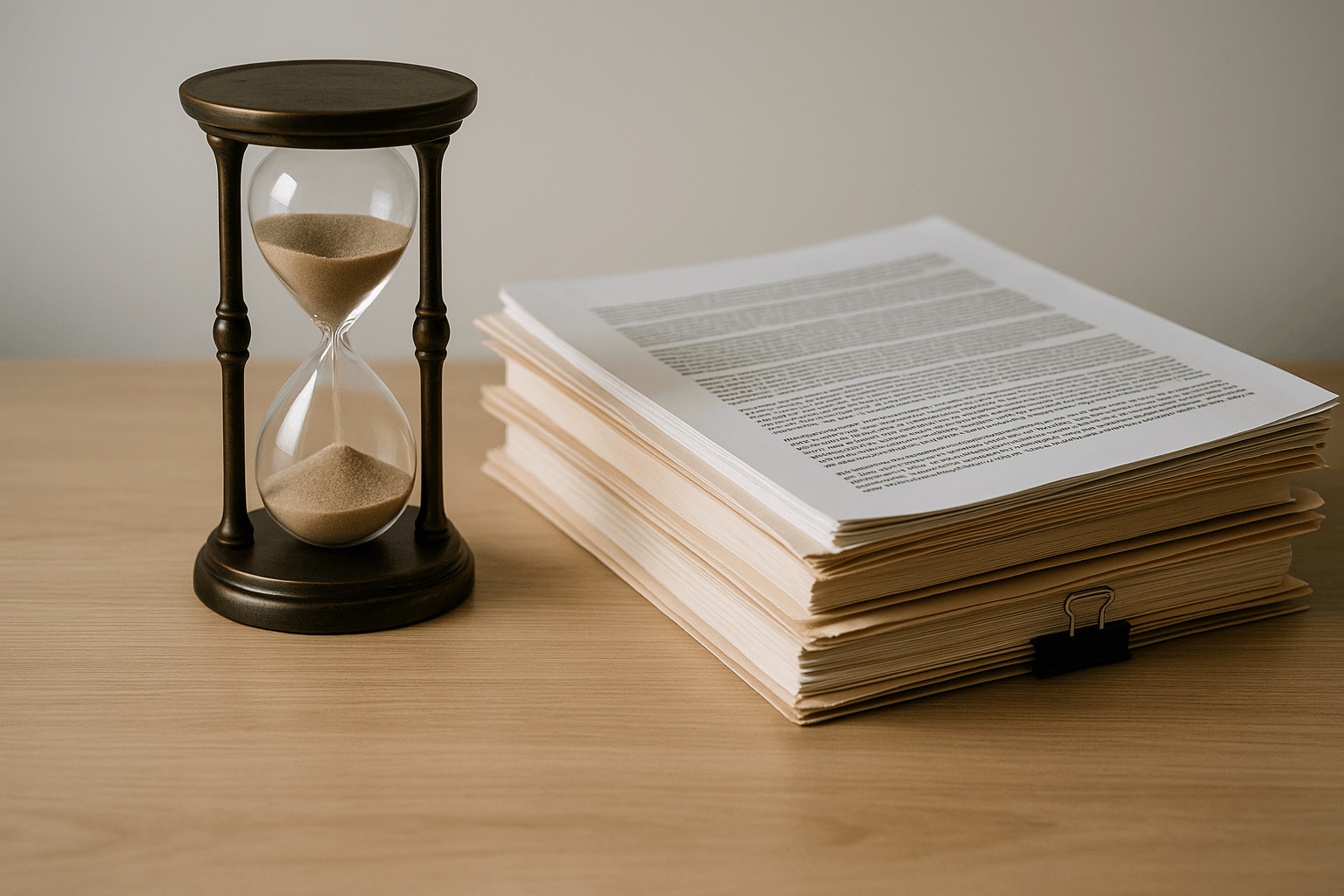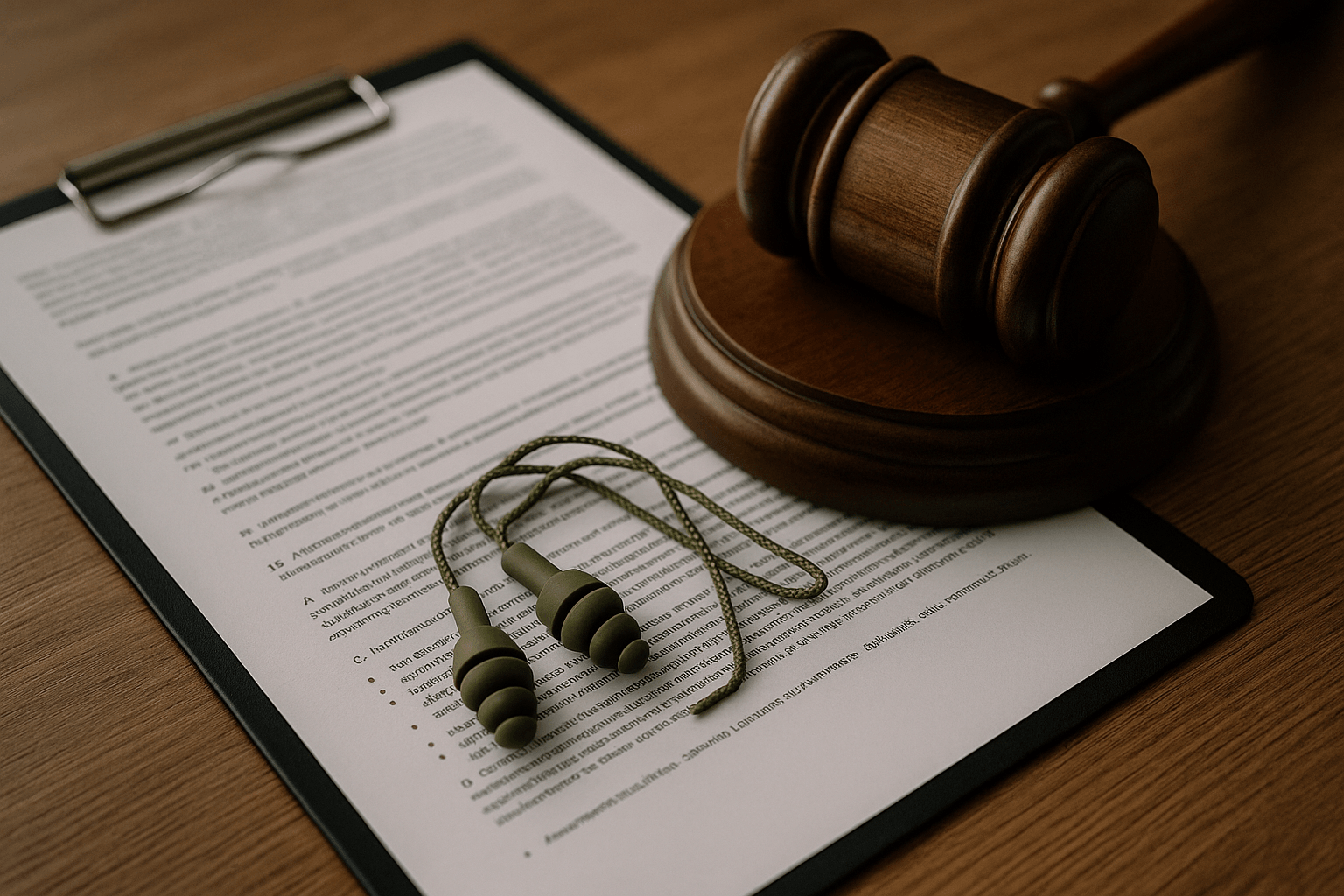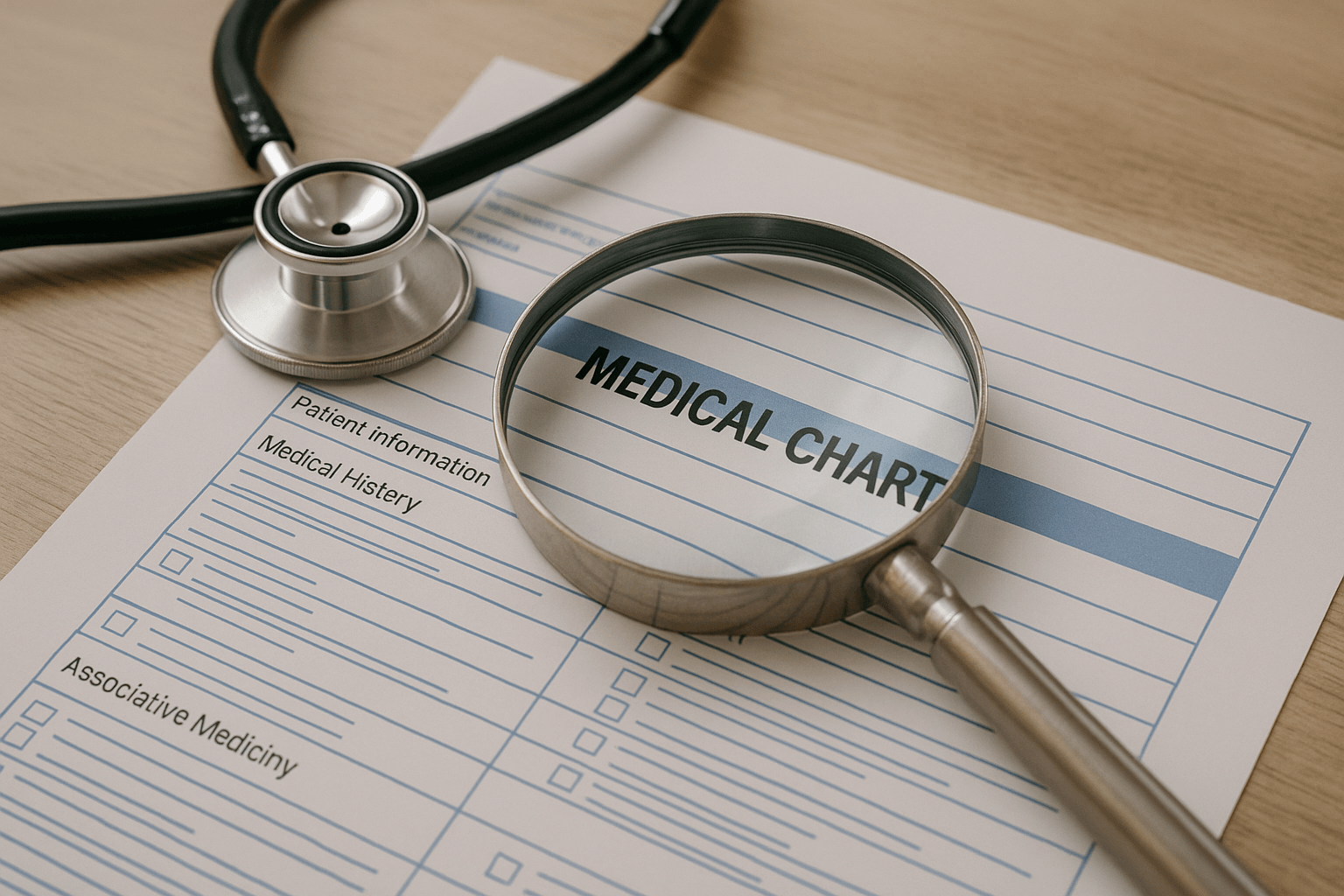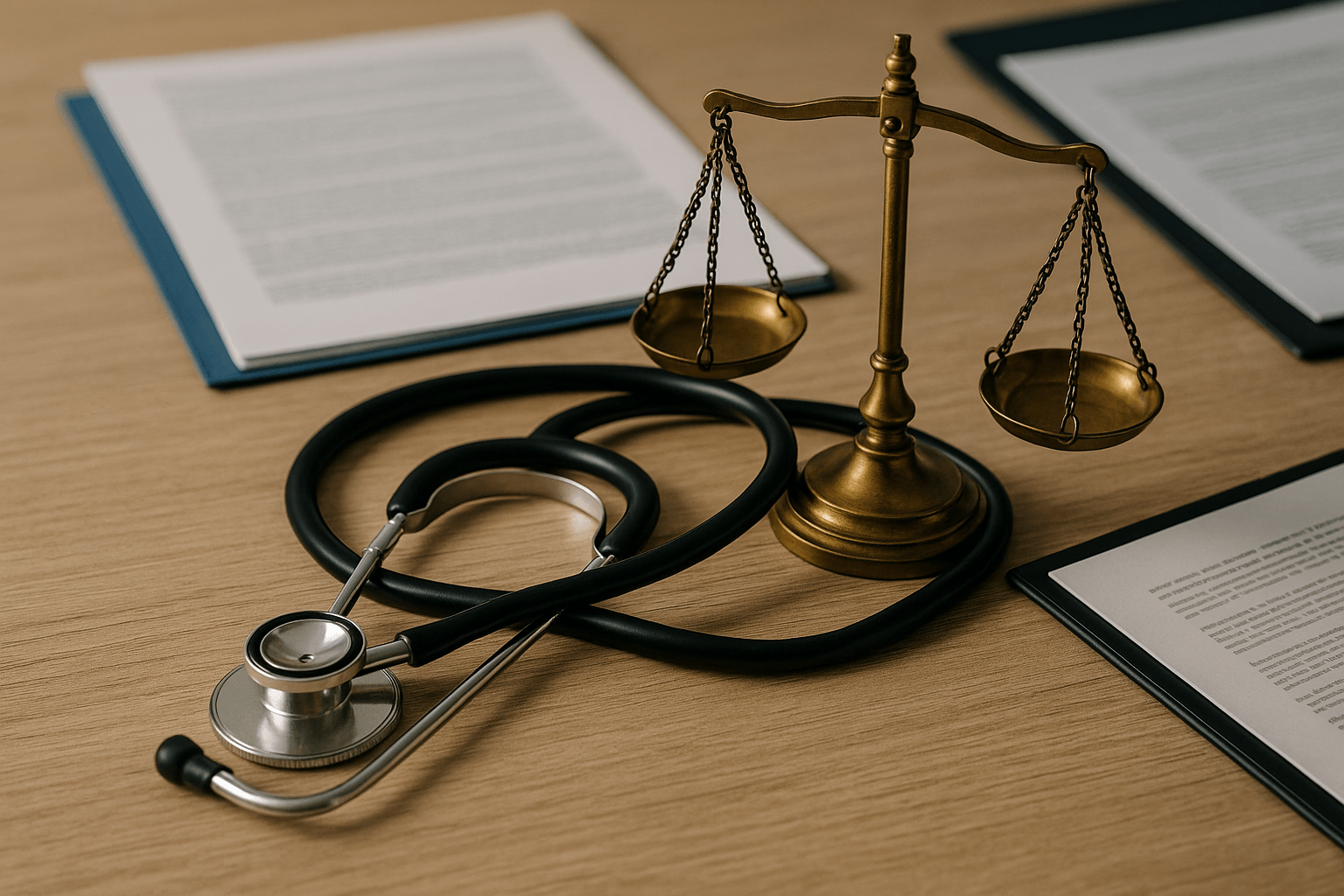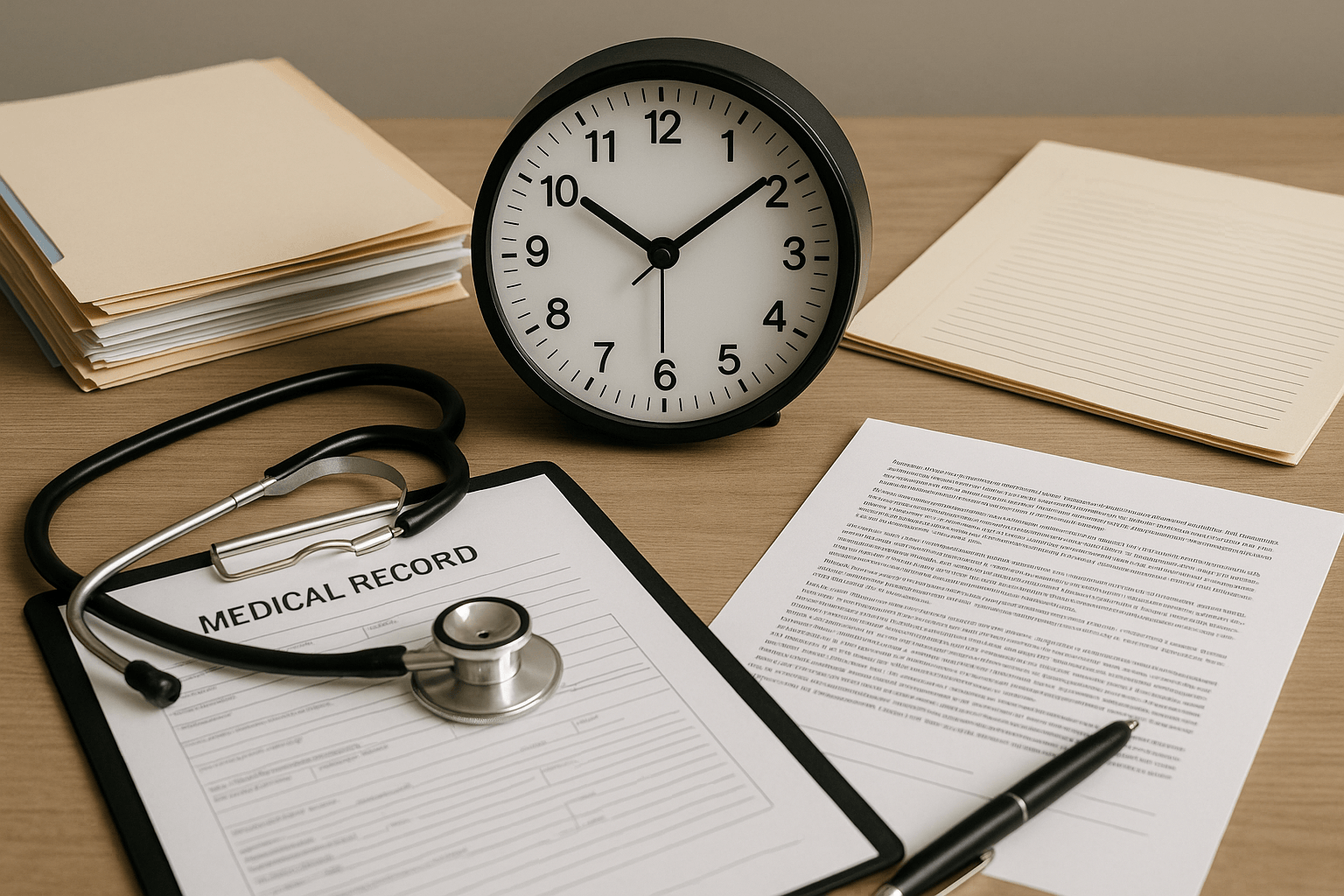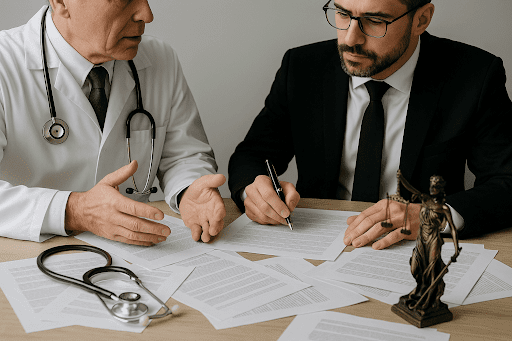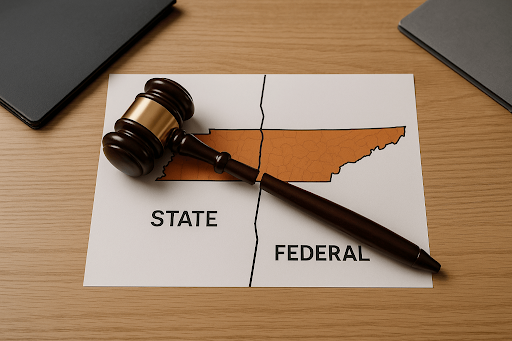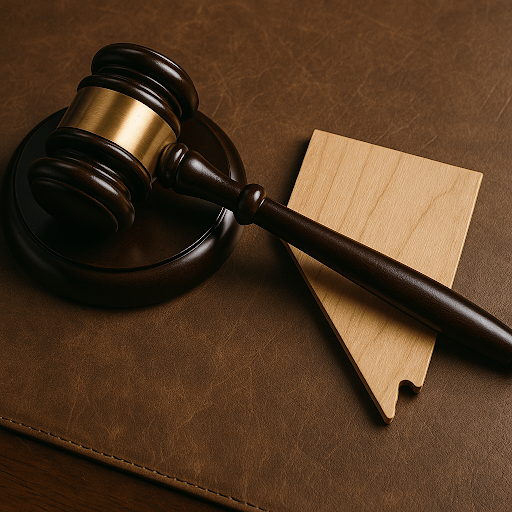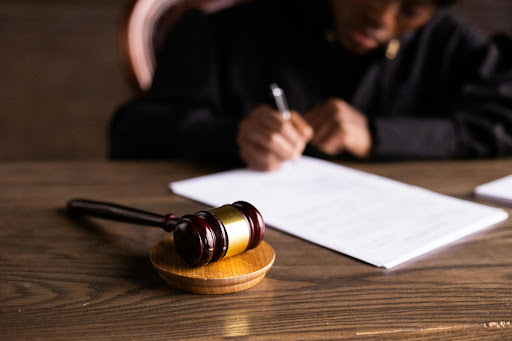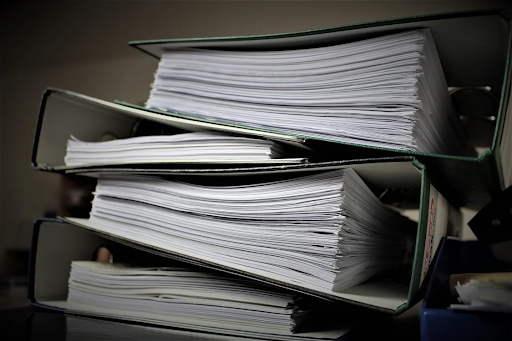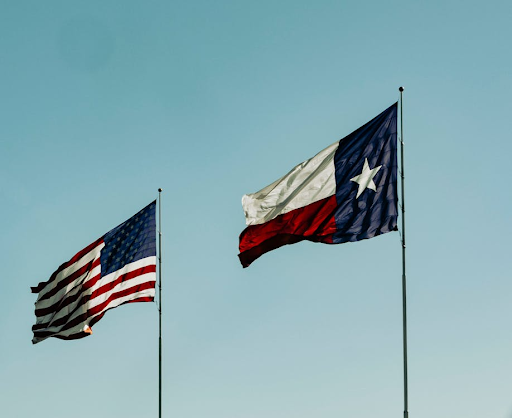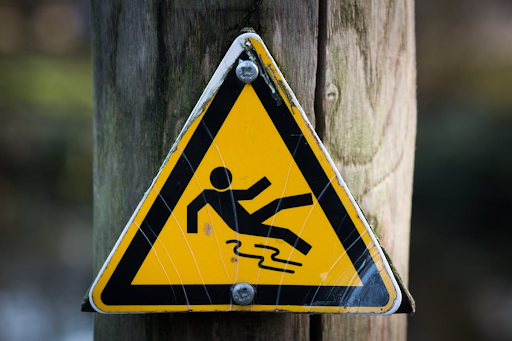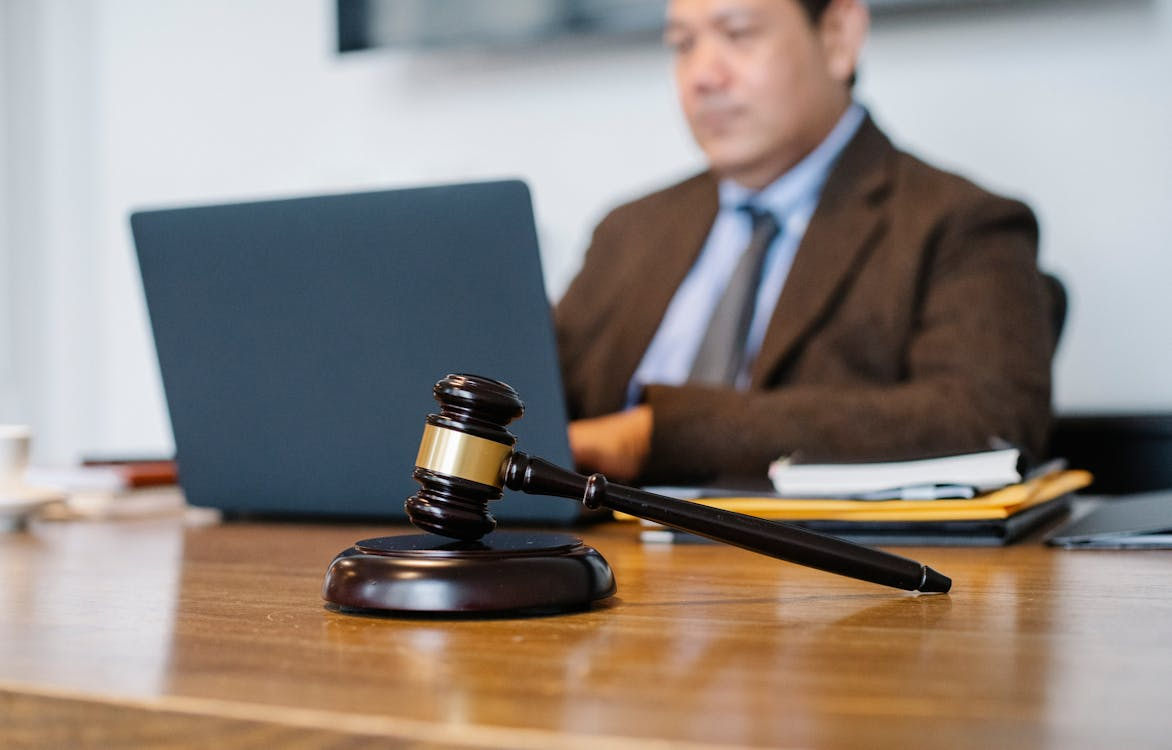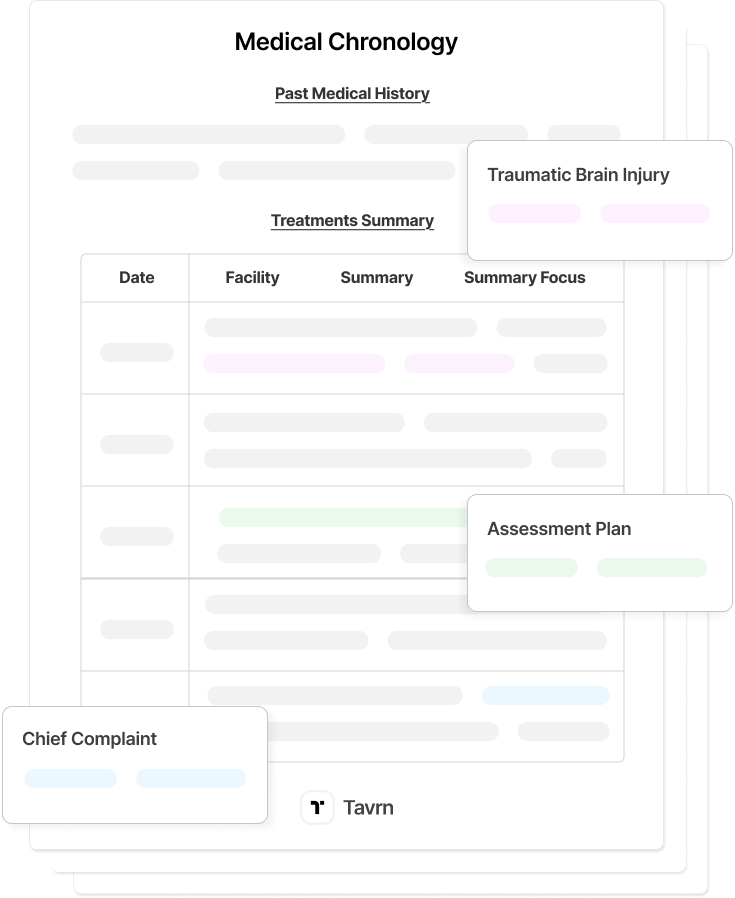The September 2024 approval of the Philips CPAP settlement marks one of the largest medical device settlements in U.S. mass tort history.
The $1.1 billion settlement in MDL 3014, consolidated in the Western District of Pennsylvania under Judge Joy Flowers Conti, addresses systematic defects affecting approximately 15 million worldwide and 10.8 million in the U.S.—CPAP, BiPAP, and mechanical ventilator devices. This figure covers multiple device models and includes devices that may not have been in active use at the time of the recall.
The resolution allocates $1.075 billion for personal injury claims and $25 million for medical monitoring, and establishes administrative frameworks that provide essential guidance to legal practitioners handling complex mass tort litigation.
With strict registration deadlines through January 31, 2025, the settlement establishes critical precedents for large-scale device litigation management and innovative resolution strategies.
Philips CPAP Recall: Technical Defects and FDA Findings
The litigation stems from systematic defects in polyester-based polyurethane (PE-PUR) sound abatement foam used in Philips' CPAP, BiPAP, and mechanical ventilator devices. The foam degrades through both physical breakdown, releasing black particles into the air pathway, and chemical emissions of toxic substances, including toluene diamine, toluene diisocyanate, diethylene glycol, and dimethyl diazine.
The FDA's June 14, 2021 Class I recall affected approximately 15 million devices worldwide, creating one of the largest medical device mass exposures in recent history. Critical to liability was a six-year knowledge gap—internal Philips documentation from 2015 acknowledged that PE-PUR foam posed "significant biological risk," yet the company delayed voluntary recall until 2021.
The FDA received over 105,000 medical device reports between April 2021 and March 2023, including 385 deaths potentially linked to foam degradation. The FDA's subsequent consent decree of permanent injunction, entered April 9, 2024, against Philips created a substantial regulatory foundation supporting the settlement's scope.
MDL 3014 Case Overview and Claim Categories
In re Philips Recalled CPAP, Bi-Level PAP, and Mechanical Ventilator Products Litigation, consolidated in the Western District of Pennsylvania under Judge Joy Flowers Conti, demonstrates effective MDL management of complex liability exposure across multiple distinct claim categories.
Claim Categories and Settlement Allocations
- Personal Injury Claims: Arise from foam exposure, causing respiratory injuries, cancers, and other health complications. These form the core $1.075 billion settlement fund, distributed through a points-based allocation system reflecting injury severity.
- Economic Loss Class Actions: Address device replacement costs and diminished device value, resolved under a separate $479 million framework.
- Medical Monitoring Claims: Provide $25 million for long-term health surveillance programs covering a 15-year monitoring period for exposed individuals.
The litigation also proceeds separately from contribution claims, in which Philips pursues recovery from SoClean and other manufacturers of ozone-generating cleaning devices whose products allegedly accelerated foam degradation. These cross-liability claims establish important precedents for apportioning fault in multi-defendant medical device cases, with defendants arguing that third-party ozone exposure, rather than inherent foam defects, caused the observed degradation patterns.
Philips CPAP Settlement Structure and Court Approval Process
The Master Settlement Agreement allocates $1.1 billion through a carefully structured framework emphasizing direct compensation: $1.075 billion for personal injury claims and $25 million for medical monitoring, representing a 97.7% emphasis on immediate claimant relief over long-term health surveillance. This allocation strategy significantly exceeds typical medical monitoring percentages in comparable device settlements.
Administrative Framework
The settlement employs a digital administration system with secure claimant portals, serial-number verification, and Qualified Settlement Fund (QSF) distribution managed by specialized entities:
- BrownGreer PLC – Settlement Administrator
- Judge Diane M. Welsh (ret.) – Settlement Special Master for dispute resolution
- Wolf Global Compliance – Lien administration
Critical Deadlines and Compliance Requirements
The Master Settlement Agreement establishes a series of fixed procedural deadlines that govern eligibility, funding, and documentation, creating one of the most tightly regulated compliance frameworks in recent MDL history.
- Registration deadline: January 31, 2025
- QSF funding: March 14, 2025 ($1.05 billion)
- Extraordinary Injury Applications: April 1 – August 1, 2025
- Identification Order Declaration: June 21, 2024
- Counsel retention (represented claimants): April 29, 2024
- Pro se claimants: Must have filed personal-injury claims with qualifying injuries by June 21, 2024
These fixed deadlines create strict compliance obligations for firms managing claimant registration and documentation.
Court Oversight and Final Approval
Judge Conti conducted extensive fairness hearings addressing ethical compliance, adequacy of representation, and due-process concerns. Final approval followed full review of these issues, with the court retaining jurisdiction for monthly status reporting and ongoing administrative oversight throughout the multi-year payout process.
Together, these mechanisms create a transparent, court-supervised framework for equitable and efficient settlement administration.
Litigation Strategy and MDL Leadership Insights
The Philips CPAP litigation demonstrates how early discovery and coordinated leadership structure can shape settlement outcomes in complex MDLs. Plaintiffs' counsel achieved significant bargaining leverage through aggressive discovery of internal company documents proving Philips' knowledge since 2015.
The innovative MDL leadership structure appointed four co-lead counsel with a 12-member Plaintiffs' Steering Committee (PSC), including specialized Settlement Committee and Leadership Development Committee arrangements that streamlined coordination while preventing duplicative expert development.
A critical innovation involved Joint Science Day proceedings coordinated with the related SoClean MDL, which advanced scientific and procedural efficiency across both litigation tracks:
- Coordinated technical presentations: Defendants presented their causation evidence first, followed by plaintiff responses addressing foam chemistry, degradation mechanisms, and health impacts.
- Specialized expert panels: Sessions featured experts in toxicology, pulmonology, and materials science, providing cross-disciplinary analysis under court supervision.
- Confidentiality protocols: Strict safeguards protected proprietary manufacturing data while allowing transparent, comprehensive scientific evaluation.
Defense teams challenged causation between foam exposure and reported injuries, citing confounding factors such as smoking, BMI, and preexisting respiratory conditions. Early settlement committees enabled simultaneous progress in litigation and negotiation.
For future mass-device cases, practitioners should prioritize early discovery of internal risk assessments and compliance gaps, supported by structured client-intake systems aligned with documentation and deadline controls.
Settlement Payouts, Compensation Tiers, and Claims Administration
The settlement uses a points-based allocation system that ranks injury severity across defined compensation tiers. Tier 1 includes the most serious respiratory injuries and cancers, with final methodology set by the Allocation Special Master. Adjustment factors such as age, device use, injury latency, tobacco history, and BMI determine individualized awards within a standardized framework.
Administrative oversight is shared among specialized entities. Matt Garretson serves as Allocation Special Master with binding authority over distributions, while the Extraordinary Injury Fund reviews exceptional cases outside standard tiers.
Two processing tracks accommodate varying case complexity:
- A streamlined review for straightforward claims
- Comprehensive evaluation for medically complex cases.
Verification requires proof of injury, device use, citizenship or residency, and complete medical documentation, in accordance with the 2024–2025 Identification Order and registration protocols. Oversight by the Settlement Administrator, Special Master, and court ensures accuracy and prevents fraud throughout distribution.
Philips CPAP Settlement Deadlines and Registration Requirements
The settlement imposes firm registration and documentation deadlines that define eligibility and participation. These timelines leave little room for error, requiring precise compliance by both claimants and counsel.
Key Deadlines
The Master Settlement Agreement establishes non-negotiable filing and registration dates that determine claimant eligibility and payment timing.
- Registration deadline: January 31, 2025 — final cutoff for participation, with no extensions permitted.
- Deficiency cure period: 45–90 days for completing missing documentation.
- Counsel retention deadline: April 29, 2024 — attorney-represented claimants must have been retained by this date.
- Identification Order deadline: June 21, 2024 — claimants must appear on the official Identification Order Declaration.
Eligibility and Documentation Requirements
Claimants must meet strict verification standards and provide complete supporting documentation to qualify for payment.
- Proof of recalled device usage and serial-number verification.
- Medical documentation establishing a qualifying injury.
- Verification of U.S. citizenship or residency.
- Compliance with all registration and Identification Order parameters set for 2024–2025.
The settlement’s opt-in structure requires affirmative participation—claimants and counsel must complete all documentation within defined windows to maintain eligibility.
Implementation and Compliance Considerations
Legal teams must establish systems to track deadlines, notify clients, and efficiently manage document collection. The digital registration portal uses multi-factor authentication and secure uploads, requiring firms to adapt their intake and record-management workflows to meet confidentiality and ethical standards.
These deadlines underscore the administrative precision of the Philips CPAP settlement—where eligibility depends not on claim merit alone, but on timely, verifiable compliance with every procedural requirement.
Settlement Objections, Fairness Hearing, and Attorney Fees
The court’s fairness hearing examined multiple objections to the Philips CPAP settlement, testing the adequacy, ethics, and procedural fairness of its design. These rulings now serve as reference points for evaluating mass tort settlement structures.
Objection Categories
The court’s review produced several key objection themes that tested the settlement’s ethical, procedural, and evidentiary foundations.
- Ethical and Solicitation Issues: Objectors argued that certain attorney-solicitation provisions in the Master Settlement Agreement conflicted with ABA Model Rules on client communication and practice development. The court required clarification to ensure full ethical compliance.
- Standing and Adequacy Challenges: Questions arose over whether class representatives adequately protected all claimant interests, particularly under the fixed Identification Order and registration deadlines.
- Due Process Concerns: Constitutional objections targeted strict participation rules and non-appealable Allocation Special Master decisions, raising concerns about administrative finality in high-volume settlements.
- Causation Disputes: Defense counsel emphasized confounding variables such as smoking, BMI, and preexisting conditions, complicating efforts to prove direct causal links between PE-PUR foam exposure and specific injuries.
Attorney Fees and Judicial Review
The court awarded $94.4 million (18.65%) in attorney fees with a ~1.43 lodestar multiplier, reflecting scrutiny of compensation relative to claimant benefit. This approach reinforces judicial expectations for transparency and proportionality in future MDL fee petitions.
Practical Implications for Practitioners
These outcomes offer practical guidance for attorneys managing complex MDL settlements and future mass-device negotiations.
The fairness review highlights the need for:
- Early attention to ethical compliance during settlement drafting.
- Transparent communication with clients regarding opt-in structures and administrative deadlines.
- Anticipation of heightened court oversight on fee structures and regulatory coordination.
The Philips CPAP fairness proceedings illustrate the judiciary’s evolving approach to balancing efficiency with claimant protection—underscoring that future MDLs will demand both ethical precision and structural transparency in settlement design.
Future Developments and Legal Implications of the Philips CPAP Settlement
The Philips CPAP settlement sets a durable precedent for medical device litigation and regulatory enforcement. The FDA continues to expand oversight of sleep therapy devices, with forthcoming guidance expected on foam safety testing and post-market surveillance requirements across the industry.
Legal practitioners should watch emerging cases involving similar PE-PUR foam products, as the settlement’s tri-track structure and medical monitoring fund may shape future recall protocols and regulatory expectations for high-risk devices.
Post-settlement, Philips’ contribution claims against SoClean and other third-party defendants could redefine fault apportionment in multi-defendant medical device cases. Continued court jurisdiction ensures refinement of allocation and administrative procedures that will influence future MDL frameworks.
Overall, the $1.1 billion resolution establishes a replicable model for early mediation, parallel litigation tracks, and structured leadership. Its 97.7% direct-compensation ratio reflects a broader industry shift toward claimant-centered relief and transparent administration. For practitioners, it provides a strategic roadmap for next-generation mass torts and signals heightened insurer scrutiny and stricter due diligence for foam-based components.
In Summary
The Philips CPAP settlement establishes a modern framework for mass medical device litigation, balancing swift claimant compensation with structured judicial oversight. Its near-total allocation to direct injury relief and coordinated scientific review sets new standards for proportionality, transparency, and procedural discipline in multidistrict settlements.
For practitioners, the case underscores the importance of early evidence development, precise client registration systems, and proactive coordination with regulatory agencies. Beyond its immediate resolution, it signals a long-term shift toward digital administration, data integrity, and accountability mechanisms that will shape future medical device mass torts.


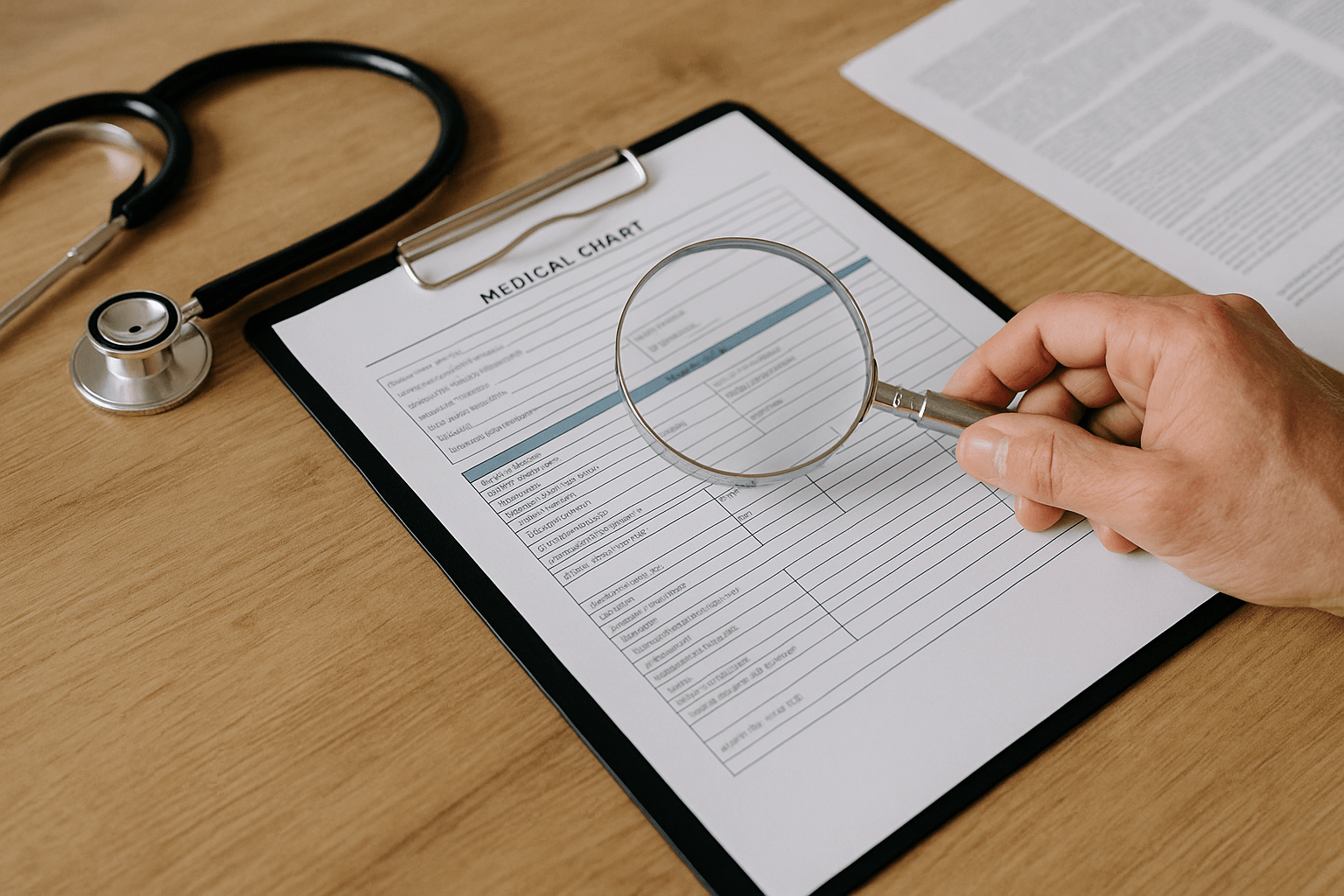

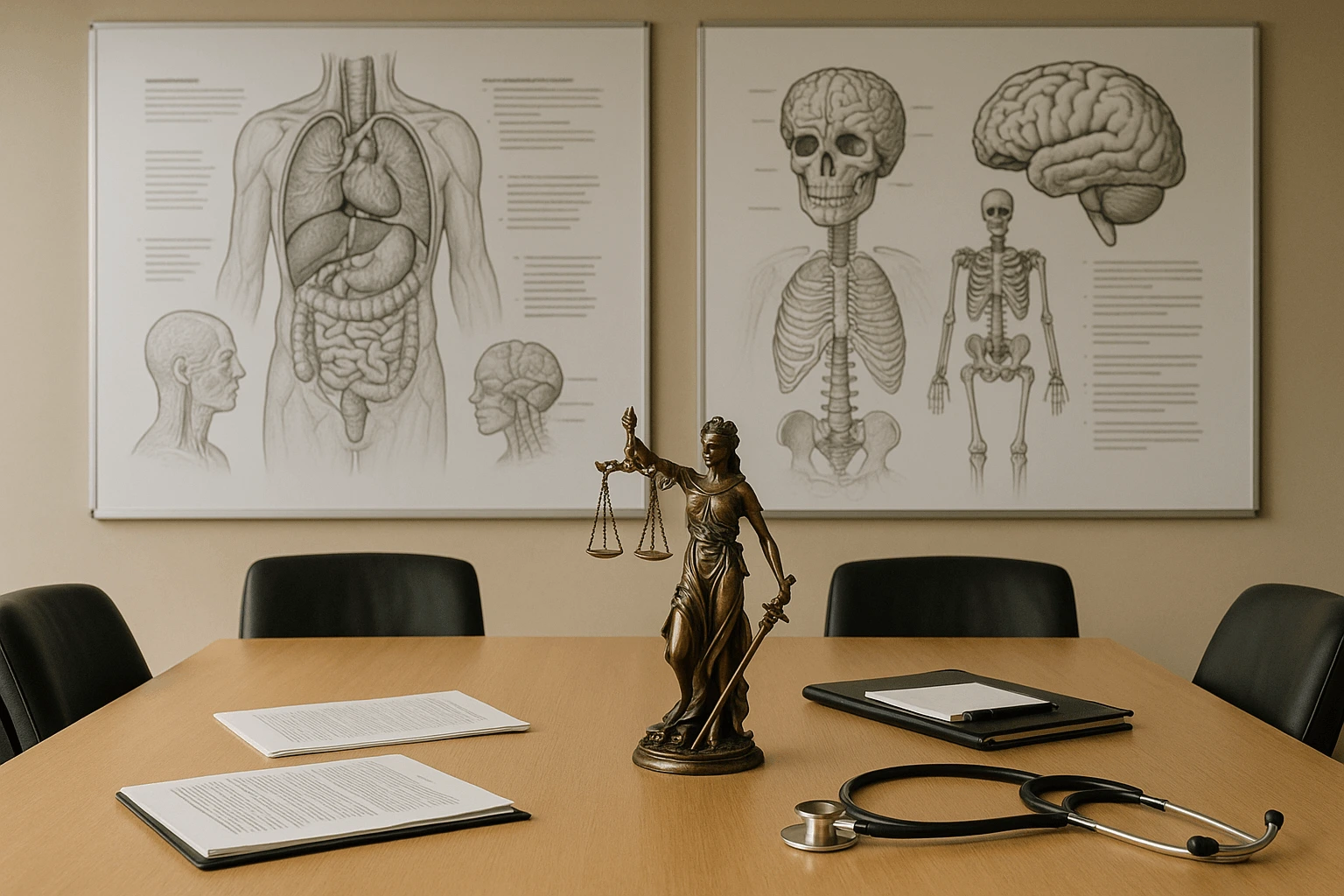
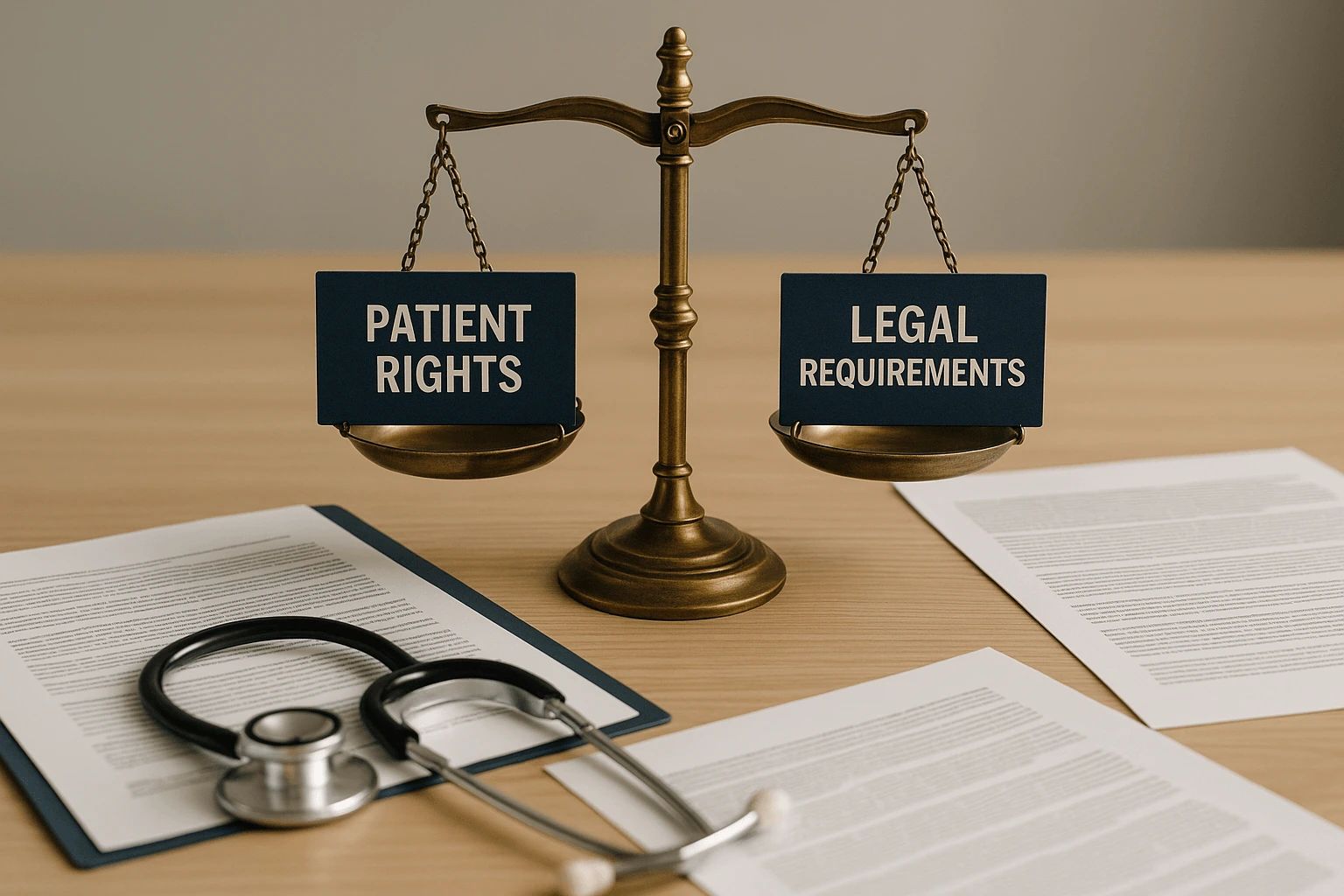
.webp)
.webp)
